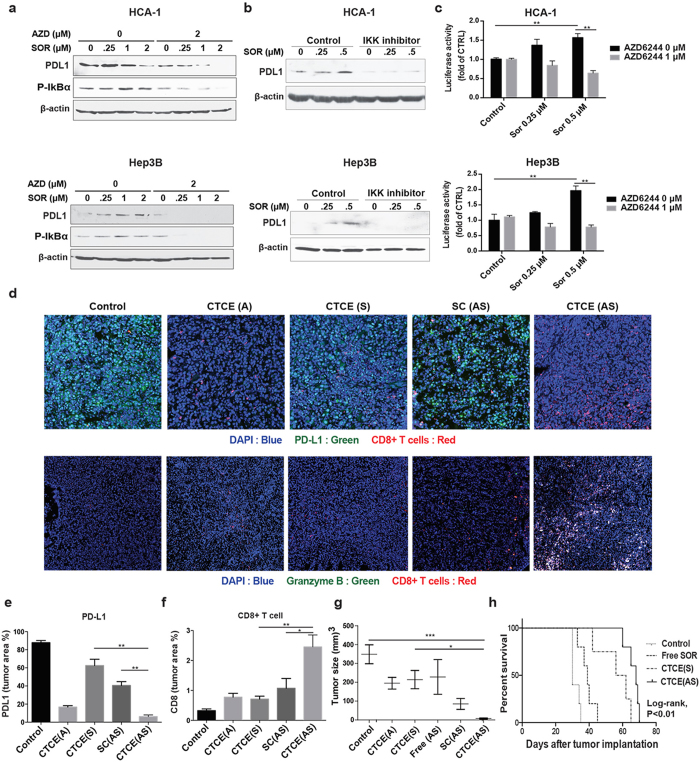Figure 6. CTCE-NPs loaded with sorafenib and the MEK inhibitor AZD6244 suppressed PD-L1 expression and increased CD8 T cell accumulation in HCC.
(a) Treatment of sorafenib at low doses increased the expression of PD-L1 and the activation of p-IκBα in HCCs, consistent with their paradoxical activation of ERK, while inhibition of MEK with AZD6244 prevented the effects of sorafenib. (b) Inhibition of NF-κB activation prevented the effects of sorafenib-induced PD-L1 expression. Changes of PD-L1 expression were detected 24 hours after drug exposure. (c) Sorafenib treatment increased NF-kB-driven luciferase activity in HCC cells. Combination of sorafenib and AZD6244 suppressed the effect of sorafenib-induced NF-kB activation. (d) Immunofluorescence staining of frozen HCA1 tumors (DAPI, blue; PD-L1 or Granzyme B, green; CD8+ T cells, red). (e,f) Quantification of PD-L1 expression and tumor infiltration with CD8+ cells performed in randomly selected fields within the HCA-1 tumors showed sorafenib and AZD6244 co-delivered by CTCE-NPs suppressed PD-L1 expression and increased the number of infiltrating CD8+ cells in HCA-1 tumors as compared to other treatment groups. (n = 5–7). (g) Tumor sizes in orthotopic tumor-bearing mice were significantly reduced as the result of treatment with CTCE NPs loaded with sorafenib and AZD6244 compared with other treatments (n = 4–10). (h) Overall survival was significantly prolonged in orthotopic HCC-bearing mice treated with sorafenib and AZD6244 loaded CTCE-NPs. Data are representative of at least two independent experiments and mean values and S.E.M. are presented. N represents number of mice in each treatment group. *p < 0.05, **p < 0.01, ***p < 0.001.

